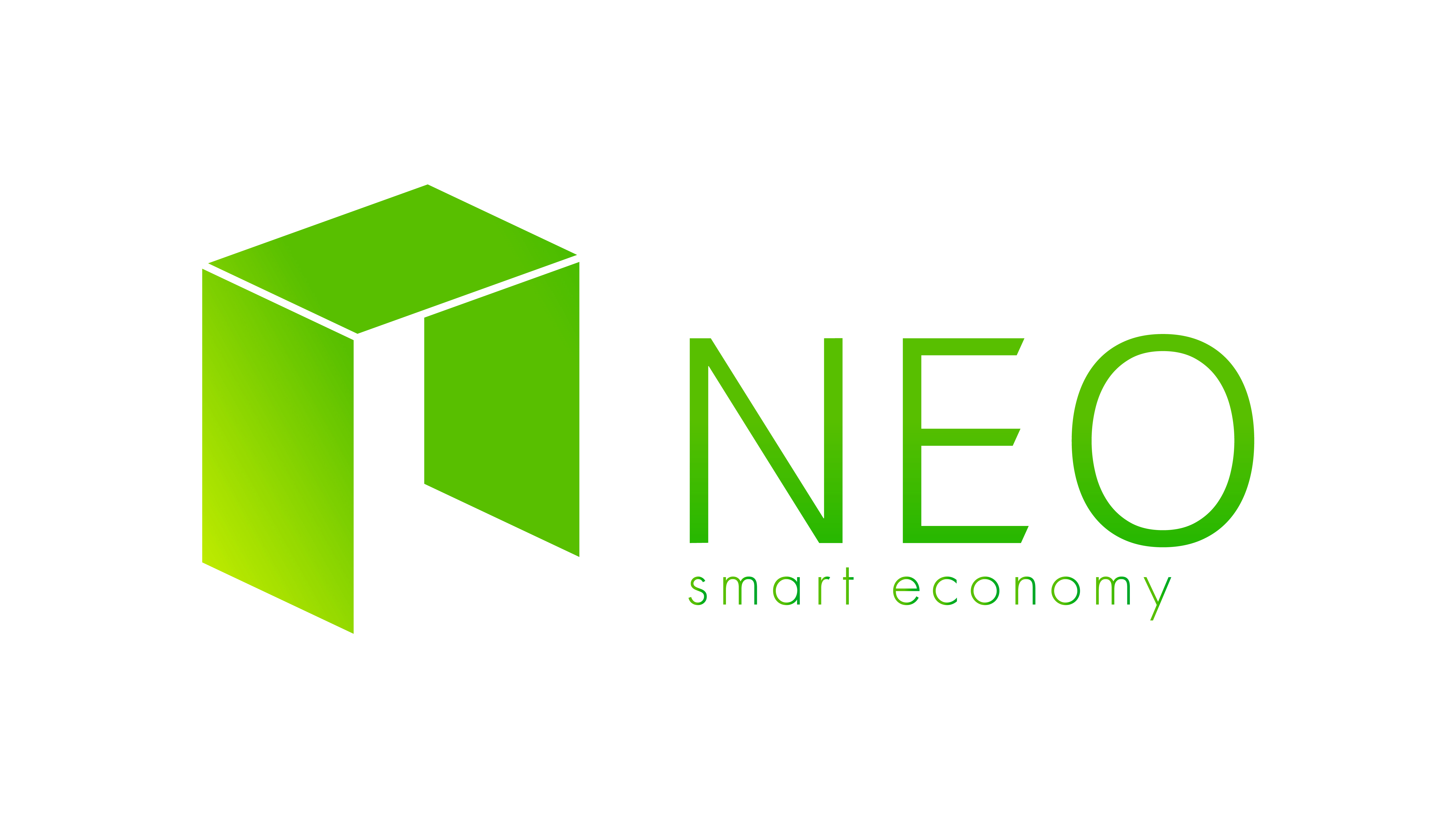South Africa: Can Smart Contracts be Nullified?
No information is currently available on the nullification of smart contracts in South Africa. However, In late 2016, the South African Reserve Bank (SARB) joined forces with other African financial institutions to circulate a smart contract on a private Ethereum blockchain. Despite experimenting with blockchain technologies, the bank has yet to establish a solid position on the use of a digitized fiat currency. Given that the SARB is now using a smart contract, further clarification should come sooner rather than later on how smart contracts can be nullified.
As displayed by “The DAO attack”, which involved the exploitation of a flaw in the code of a smart contract on the Ethereum blockchain (see our article on “The DAO”), smart contracts when immutably embedded in a blockchain cannot be changed or updated. This means that defects and vulnerabilities in the code cannot be fixed and code is effectively deprived of the benefit of being subject to a process of refinement and testing to allow it to reach “maturity”.
This problem is further expounded by the difficulty, or near impossibility, of writing large pieces of code free of any bugs, as well as the inability of code to capture the semantic intent of the developer or curator. This is particularly visible in the case of The DAO attack given the inability of code to process the “good faith” directive written on The DAO’s home page (i.e. the recital that provided for “doing no harm”), which arguably could have prevented The DAO attacker from withdrawing funds from The DAO, had it been possible to functionally execute such a directive. Ironically, although the code did not have the outcome intended by the investors or developers of the fund, it executed the instructions of the smart contract faithfully and precisely as programmed.
The immutability of the Ethereum blockchain, this incapability to fix vulnerabilities in the written code, coupled with the inherent inability of processing semantic information or capturing the real intent behind The DAO smart contract, is what ultimately led to the logical impasse that resulted in the decision to change (or hard fork) the Ethereum blockchain protocol, effectively reversing The DAO transactions.
The hard fork drew criticism from both within and outside the Ethereum community and was labeled as a unilateral act of governance by the Ethereum Foundation that ran contrary to its alleged founding values of democratisation and decentralisation. In the widely publicised aftermath, adherents of the strict “code is law” doctrine resisted the change and condemned the act by splitting into a separate, parallel blockchain, called Ethereum Classic. As might have been expected, the hard fork was then followed by two successive forks, aimed at addressing ongoing attacks on the network that slowed down transactions and smart contracts, culminating in what were effectively three forks in the space of four months. While the Ethereum community appears to have settled on hard forks as a regular way of fixing technical problems, it is questionable whether hard forks in this manner offer a sustainable or even satisfactory means of governance for Ethereum and other blockchains at large.
Sources
| Previous Section | Next Section |
